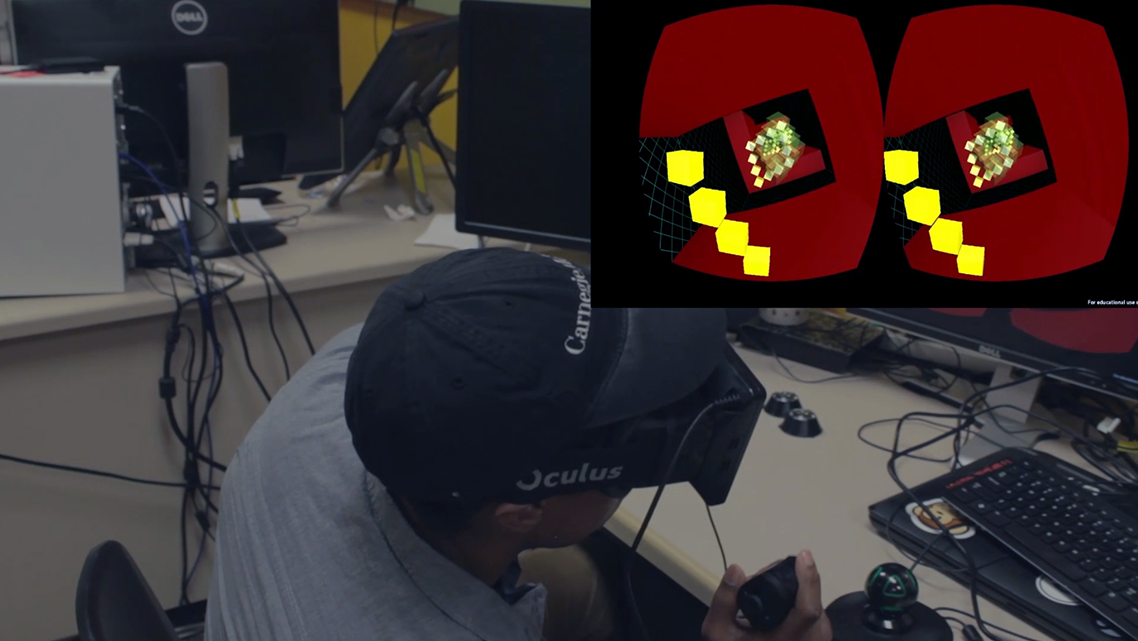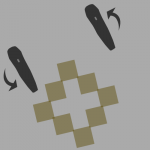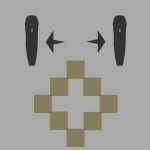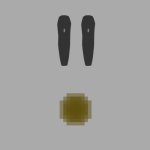The Idea
Prototype was our attempt at expanding upon and gamifying two of our projects we used in our testing; the Gesture Resolution Test and the Y-Axis Inversion test. We also wanted to incorporate a separate mechanic that required arm movements to control an in-game object. This was an experiment to see whether a user could handle controlling one mechanic using head gestures and controlling a separate mechanic via body movements.
Gameplay
You are controlling a cursor made up of several cubes. The size and shape of the cursor change depending on how far the Razer Hydra controllers are held apart from each other. You will need to change that distance in order the collect ‘coin blocks’ throughout game to increase your score. You will also need to resize and use the Oculus’s head tracking to navigate around the red obstacles.
Your goal is to collect as many ‘coin blocks’ as possible while avoiding obstacles to achieve a high score. The game is procedurally generated so there is no end as long as you avoid contact with the obstacles.
Controls
Razer Controller Controls:
Keep controllers close to make game cursor smaller.
Spread controllers to grow the object.
Turn controllers (like a steering wheel) to turn in game cursor.
Oculus Rift Controls
Look via tilting the device to steer the direction of the game cursor.
Running the Prototype
1. Connect the Oculus Rift as specified in normal operation.
Make sure the Oculus is mirroring your main display by checking in the screen resolution settings of your PC
2. Clear an area on your desk in front of your keyboard.
3. Place the Razor on desk make sure base is orientated correctly with the connecting wires facing away from the user.
4. Connect the PS3 Eye to the PS3 and make sure it is facing a clear area of floor
Downloads
Conclusions
Our goal was to create a prototype using two of our test projects and to explore the idea of combining head gestures with hand movements. What we found was that users tended to blur together their head and hand movements. As they turned their hands they would accentuate the gesture by tilting their head and sometimes full bodies simultaneously. This is a natural reaction (people do it even when play keyboard/mouse games) and isn’t a problem as long as you don’t have two separate functions controlled by similar gesture (ie: if tilting your head does function A and tilting your head does function B). This is something we purposefully avoid in Prototype, and so tilting your head doesn’t affect the steering of the game cursor. By taking care in how we institute the motion gestures we managed to create a unique (if silly looking) way of controlling a game.




